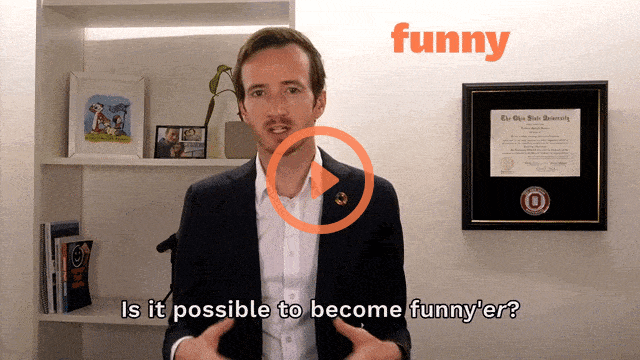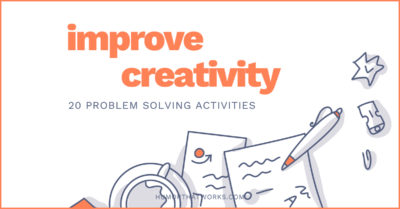If you actually want to be effective in the corporate world, it’s important to learn to make presentations, not Power Point demonstrations. What’s the difference? Good question.
Presentations versus Power Point
If you were to go by what you see most often in the workplace, you would think presentations and Power Point were synonyms. But they are not. Power Point is merely one tool that you can use to give a presentation.
Yet when we must present an idea, proposal, or review, the tendency is to simply create slides and then read from them in front of our audience. This is technically a presentation, but it’s boring, ineffective, and lazy.
The key to making effective presentations is treating them as an experience, one that will end with the audience arriving at the same conclusion as what you are proposing. Doing so is deceptively easy, but requires a little more work.
1. Think Outside the Power Point
The first way to break out of the mold of boring presentations is to think outside of Power Point. There are thousands of ways to present an idea that don’t involve firing up Microsoft, or even using a computer.
What if you gave an active demonstration of the recommended product, or held a panel Q&A with experts on your topic. You could use Power Point to complement your discussion if necessary, but it doesn’t have to be your only means of communication. Whatever you can do to drive interaction with the audience will make it more memorable and engaging which will ultimately improve retention.
2. Be Prepared
This should go without saying, but based on some of the meetings I’ve had to sit through, not everyone knows or follows this guideline. If you don’t care enough about the work to prepare for the presentation, why should the audience care to listen to it.
It goes back to one of the keys to successful selling–be passionate about what you are presenting and that enthusiasm will spread to the audience. Plus you are giving them an experience, you want to make sure it is a good one. One note is that there is a such thing as over preparation. You want to strike the right balance of knowing what you’re talking about but also sounding conversational and not like a monotonous robot.
3. Do Not Read the Slides
We’ve all been in those meetings where the presenter just stands up front and reads the slides, as if we were illiterate or incapable of getting the right pronunciation of the words. Of course most of us have also been on the other side, where either because of a lack of time or creativity, we gave an oratory account of our slides.
It’s understandable. If we write everything that is important to say on the slides, verbatim, not only do we not have to memorize anything, but we also can send the Power Point after the meeting either as a summary or for those that missed the presentation. If that’s your style, why not just cancel the meeting and send out the slides? You’ll be saving every one a lot of time.
4. Do Not Read the Slides
OK, I already said this one but it bears repeating. Your slides should look more like an outline than an essay, if you decide to even use words at all. Pictures really are worth a thousand words when it comes to presenting–they are more visually appealing and are more memorable than a bunch of words.
A general rule of thumb many people toss it out is 4×4. No more than four bullet points per slide, and no more than four words per line. I don’t think there’s a magic number, but if that helps you to keep your slides brief, then go for it.
Make Presentations Not Power Point Demonstrations
The most important thing to keep in mind when preparing for a presentation is that it is an experience. By following the tips above, you can make sure that it is a positive one. Need more? Check out some of the best presentations tips from Humor That Works.
What rules do you follow when making presentations? Share them in the comments.



